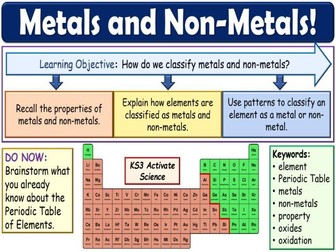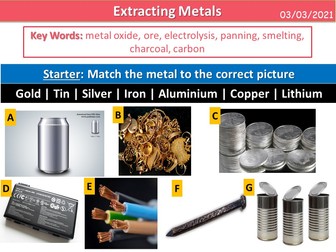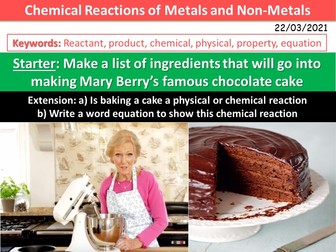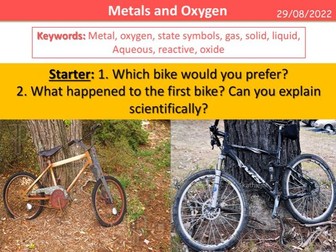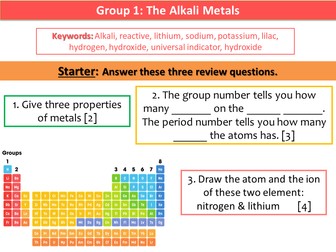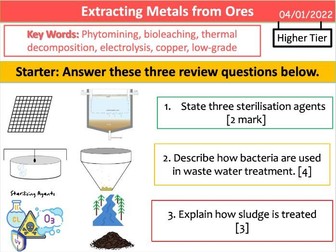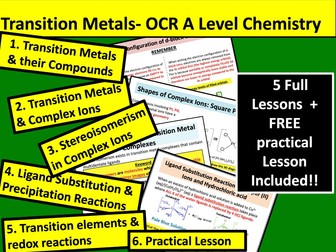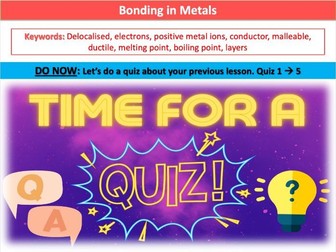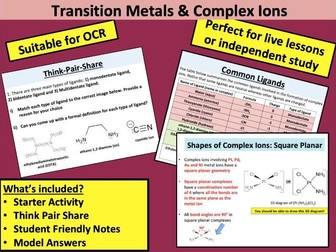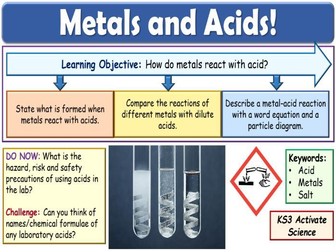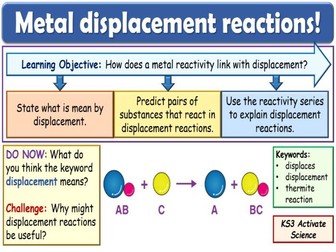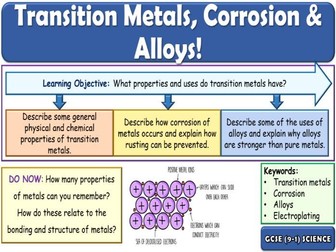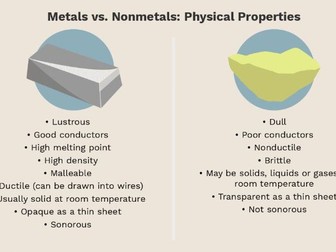Metals and Non-metals (Periodic Table)
<p>Comprehension and additional task exercises pages 92 and 93 from Next Page Science KS3 Complete. Accompanying PowerPoint and word searches available for <strong>free</strong> from the website.<br />
This exercise covers:<br />
• The position of metals and non-metals on the periodic table<br />
• The properties of metals to include: conductors, strong, shiny, sonorous, dense, high melting points, magnetic metals (Fe, Ni, Co), ductile, malleable and ability to make alloys<br />
• The properties of non-metals to include: insulators, not strong, often gases at room temp (minus boiling points), not dense, not magnetic, dull<br />
• Two exercises on the properties of metals<br />
• An exercise recognising where metals and non-metals are on the periodic table<br />
• An exercise where students can write about the uses of metal they know about<br />
• Amazing WHAT? facts</p>
